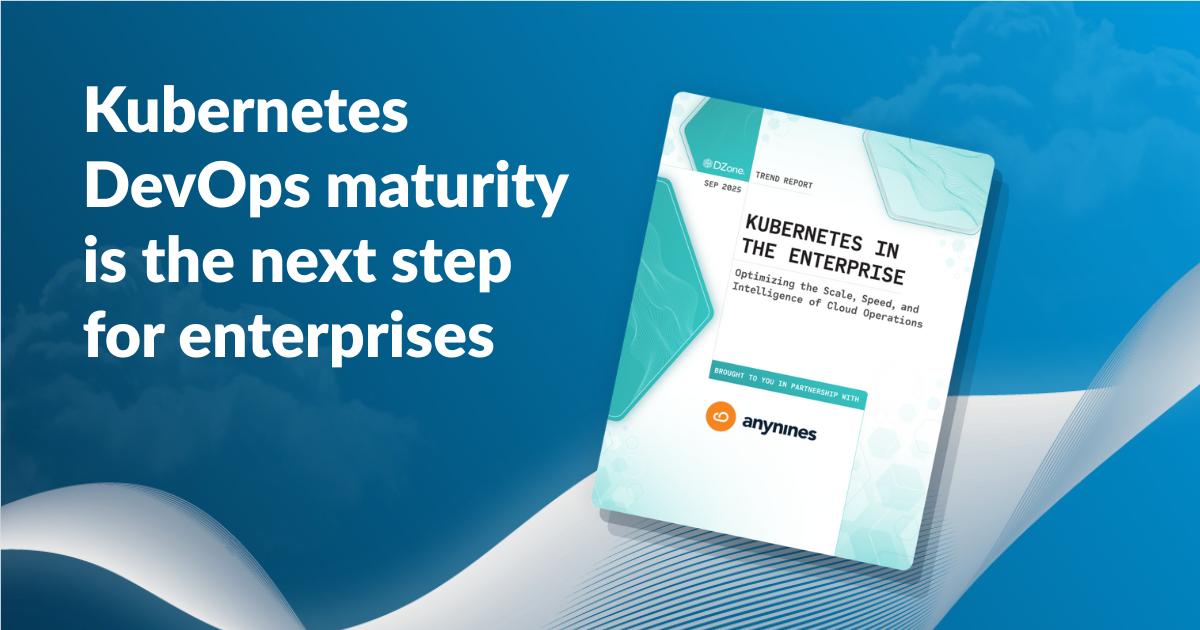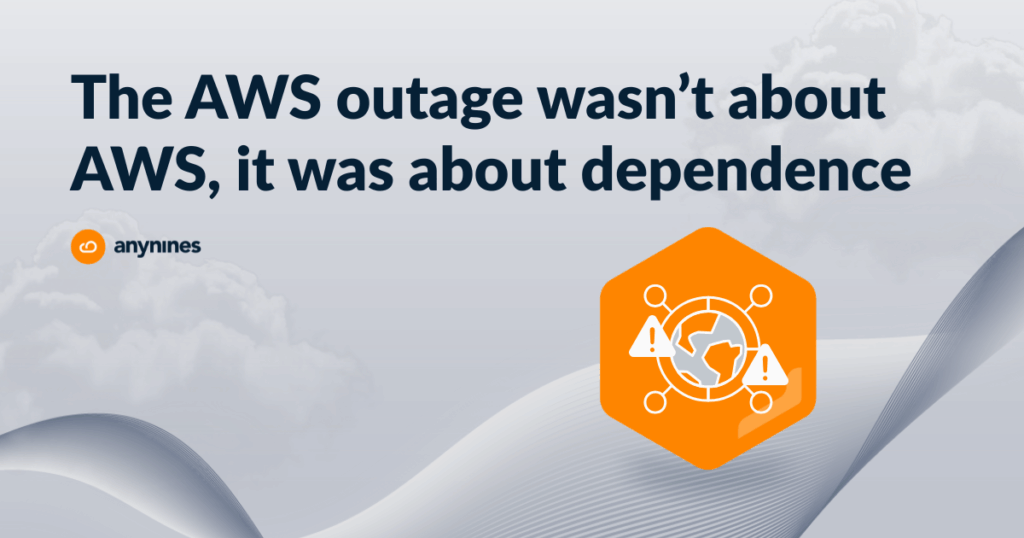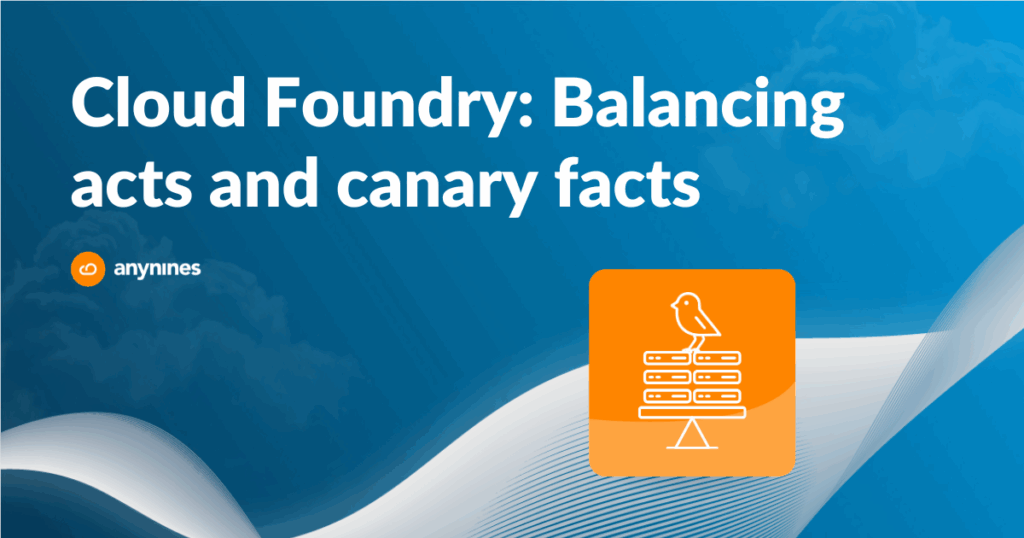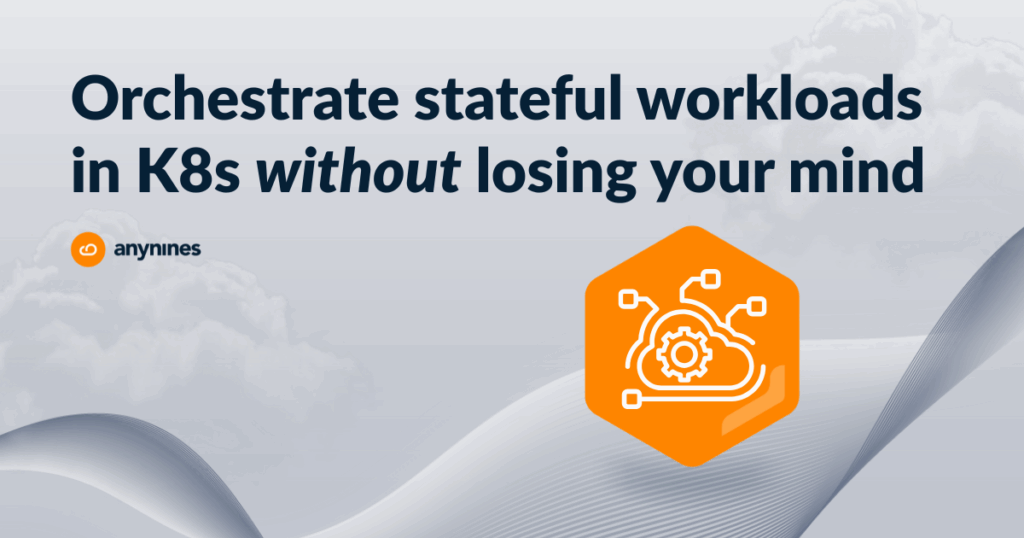In the last few years, Kubernetes has evolved from a developer curiosity into a core part of enterprise infrastructure strategy. According to the 2025 Kubernetes in the Enterprise Trend Report, nearly 85% of mid and large-sized organizations now use Kubernetes in production or development.
But adoption alone doesn’t equal maturity. Many teams that successfully stood up their first clusters now find themselves facing a new challenge: how to operate Kubernetes efficiently at scale.
The growing pains of scale
Early Kubernetes projects often began as experiments with small clusters managed by a handful of engineers. Over time, those clusters multiplied across business units, environments, and regions. What started as an isolated success story often turns into operational sprawl: different operators, different configurations, and different ways of managing stateful workloads.
At this scale, the core technical challenge is not running Kubernetes, it’s actually running Kubernetes consistently. The complexity of multi-cluster operations, cost control, and security management grows exponentially. Teams also face the reality that Kubernetes excels at orchestrating stateless workloads, while stateful services like databases, message queues, and caches remain far more difficult to standardize.
For DevOps and platform engineers, this shift marks a turning point. The focus is no longer on learning Kubernetes itself; it’s shifted on to streamlining everything that surrounds it: provisioning, governance, data service orchestration, and developer enablement.
When Kubernetes becomes an operating model
Reaching maturity with Kubernetes means treating it as more than an orchestration tool. It becomes an operating model that defines how infrastructure and applications are delivered, secured, and maintained.
This requires moving from a collection of tools to a coherent platform. In practice, that means automating the full lifecycle of not only containers but also the data services and dependencies that applications rely on. It means giving developers reliable self-service options that don’t bypass compliance or security standards. And it means building systems that are resilient not just in code, but in process.
At this stage, the gap between successful and struggling organizations becomes clear. The difference isn’t in who uses Kubernetes, it’s in who has built a platform around it.
From tooling to platform engineering
Platform engineering has emerged as the natural evolution of mature Kubernetes operations. Instead of each team solving the same problems differently, platform teams build reusable abstractions that encode best practices and automate repetitive work.
A well-designed platform provides a self-service experience for developers, while maintaining guardrails for governance and security. For DevOps teams, it turns chaos into consistency. Rather than manually handling database provisioning, access, and upgrades, engineers work within a framework that automates these lifecycles and enforces organizational policies by design.
The goal isn’t to hide Kubernetes. The goal is to make it reliable and predictable. Platform engineering gives teams a unified way to manage resources, improve observability, and reduce operational toil.
As highlighted in the report, this shift reflects a broader industry realization: teams don’t just need orchestration, they need orchestration with intent.
Data services: the last mile of automation
While container workloads have benefited greatly from Kubernetes automation, data services have remained a stubborn challenge. Every organization handles databases differently: some use operators, others rely on managed cloud services, and many still run databases on VMs. Each of these approaches has its strengths but together, they create inconsistency.
When every cluster or team manages data services in its own way, DevOps teams are forced back into manual oversight: handling credentials, managing backups, or approving provisioning requests. The friction slows everyone down and introduces risk.
This is where the next wave of Kubernetes maturity is emerging—standardization of data service management. By applying the same principles of automation, policy enforcement, and lifecycle management to databases that Kubernetes brought to application workloads, organizations can finally unify how data services are delivered and maintained.
Open-source frameworks like Klutch demonstrate this shift in practice. Klutch provides a control-plane approach to database provisioning that bridges both VM- and container-based environments. While it doesn’t replace every operator or automation tool, it offers a consistent foundation for teams to standardize workflows, reduce manual intervention, and move closer to a truly unified platform model.
Optimizing for the next stage
The 2025 Kubernetes in the Enterprise Trend Report highlights that most organizations have already achieved adoption, but far fewer have achieved operational excellence. The next stage is about optimization: balancing flexibility with control, speed with security, and self-service with governance.
Organizations that succeed in this phase treat platform engineering as a continuous process, not a project. They invest in internal platforms that evolve alongside business needs and new technologies. They standardize not just tooling, but workflows, policies, and cultural expectations.
For DevOps and platform engineers, that means shifting focus from maintaining clusters to designing systems of delivery where automation, observability, and self-service are the defaults.
From adoption to advantage
As Kubernetes matures, it’s becoming clear that its long-term value isn’t just in container orchestration. The real advantage lies in what teams build on top of it: the internal platforms, automation frameworks, and governance models that turn Kubernetes into a foundation for speed, stability, and innovation.
Organizations that reach this stage are no longer asking how to run Kubernetes, they’re asking how to run everything better because of Kubernetes.
At anynines, we see this progression firsthand through our work with platform teams across industries. Whether through our managed data service portfolio or open-source projects like Klutch, our goal is to help organizations move beyond adoption toward a mature, scalable, and automated cloud-native ecosystem.
Explore these themes and more in DZone’s 2025 Kubernetes in the Enterprise Trend Report.
Be sure to read our full editorial within the report: “Kubernetes Won; Developer Workflows Didn’t. Here’s the Fix.”








